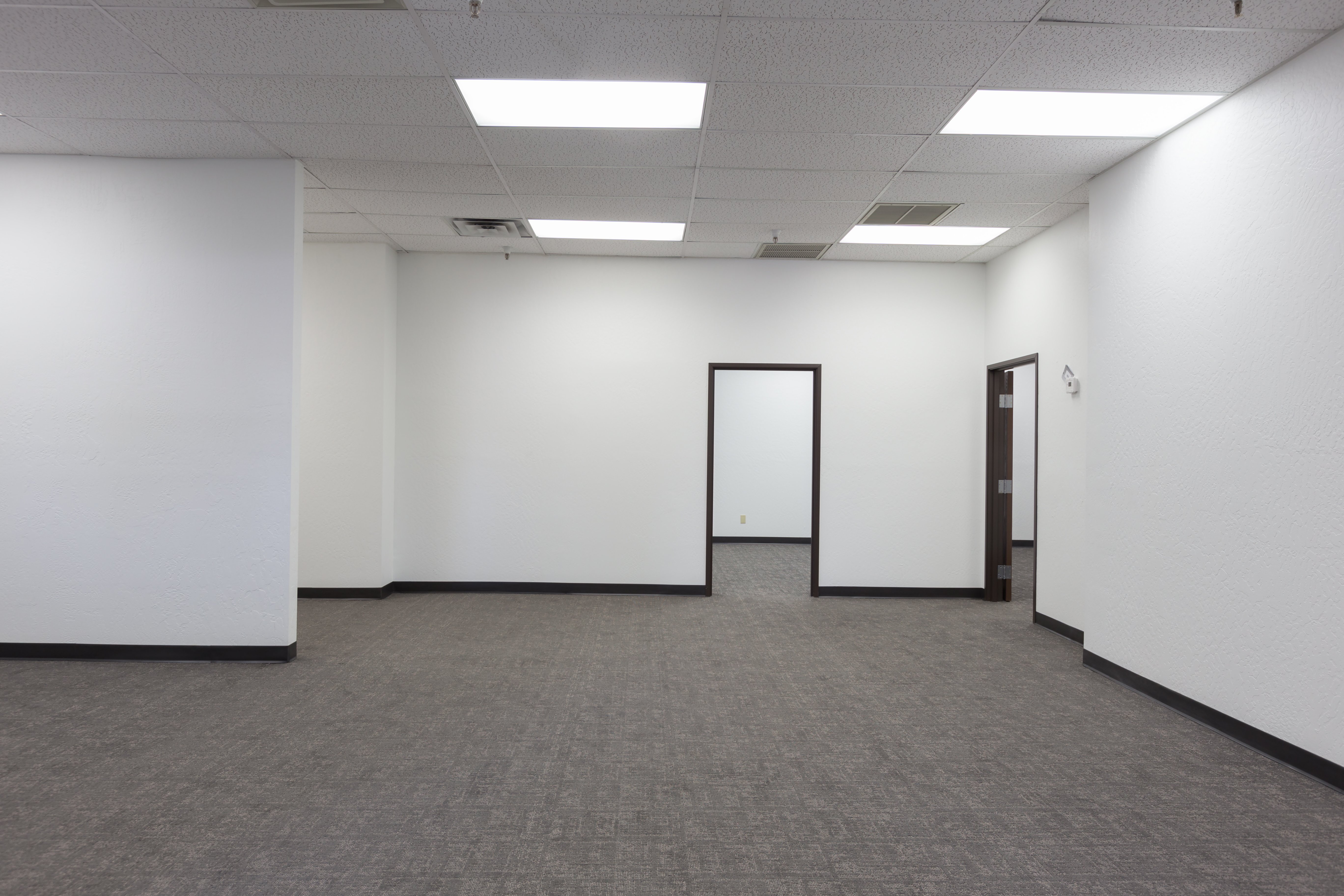Once an agency has established a baseline that accurately reflects its total space footprint, tracking ongoing changes to its space is essential. Tracking ensures that an agency monitors both progress toward achieving its space reduction goals and routine fluctuations in its space total. This blog describes one ongoing variance that can occur in an agency’s baseline if the agency is a tenant of GSA space re-measurements.
These records are reflected in its occupancy agreements with individual agencies, which include details on the usable and rentable square feet, operating cost rates, tenant improvement fees, and other fees for specific spaces. These records, posted on GSA’s Rent on the Web each month, are also the basis for an agency’s baseline; thus, changes to the GSA space records will result in changes to the baseline.
GSA Space Re-Measurements and Baseline Changes
One such change occurs when GSA re-measures some or all of the office space within a building to ensure that it charges accurate rates for the type of space occupied. GSA updates its rent records to reflect the adjustments if discrepancies are found. A re-measurement can result in either an increase or a decrease in the total USF occupied by an agency in a particular building, even though the agency has not increased or decreased the space it occupies.
Just as with pipeline projects that were discussed in our previous blog, these increases or decreases in space should be offset in a baseline so the agency is neither credited for a decrease nor penalized for an increase when it is merely the result of a GSA space re-measurement and not an actual change in space.
An agency monitoring its baseline USF regularly will notice the variances in space caused by GSA space re-measurements. Regularly tracking the baseline and accounting for or offsetting these fluctuations is critical for an agency to meet space reduction goals accurately.










.jpg)
.jpg)
-1.jpg)
.jpg)
.jpg)
.jpg)
.jpg)
.jpg)

